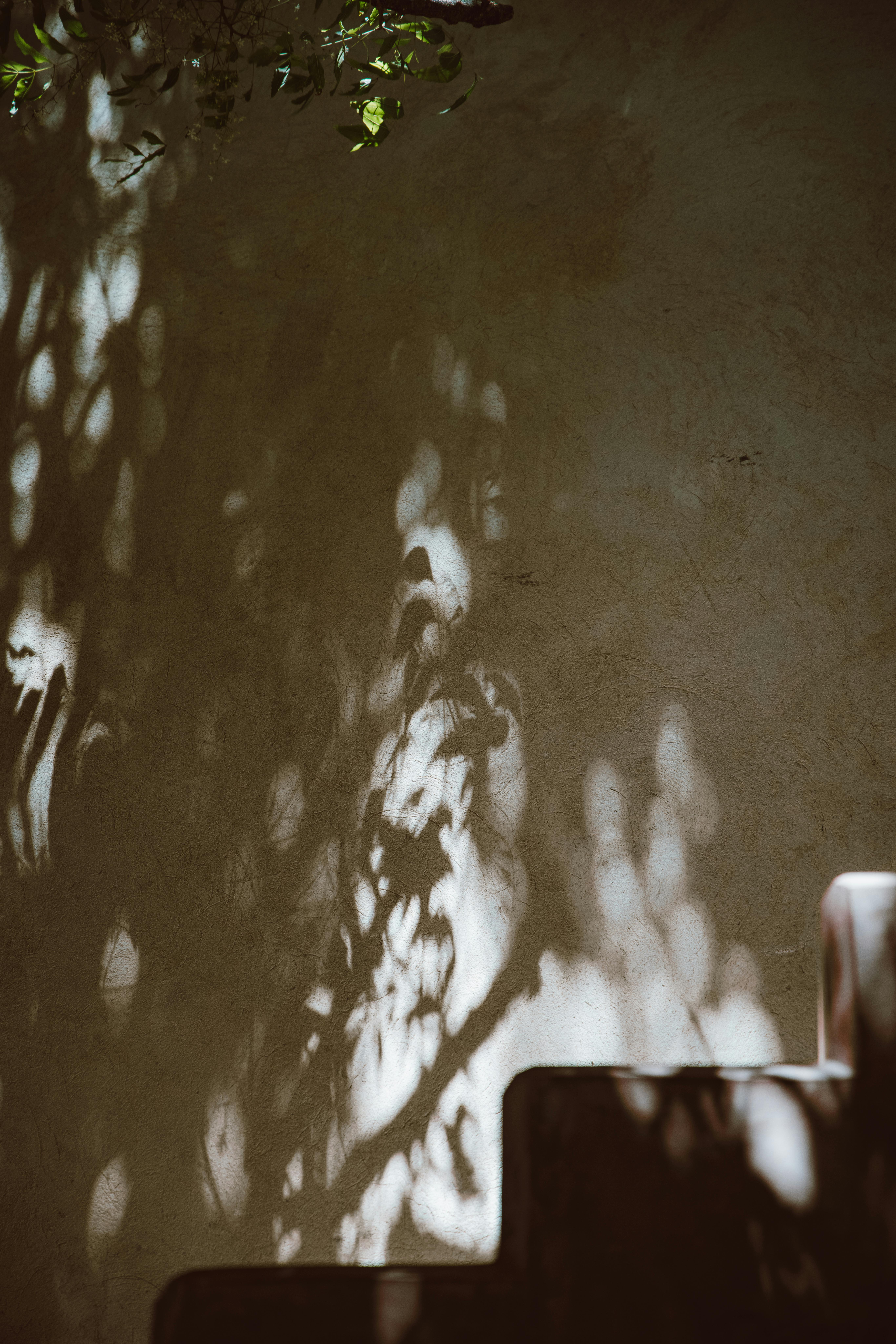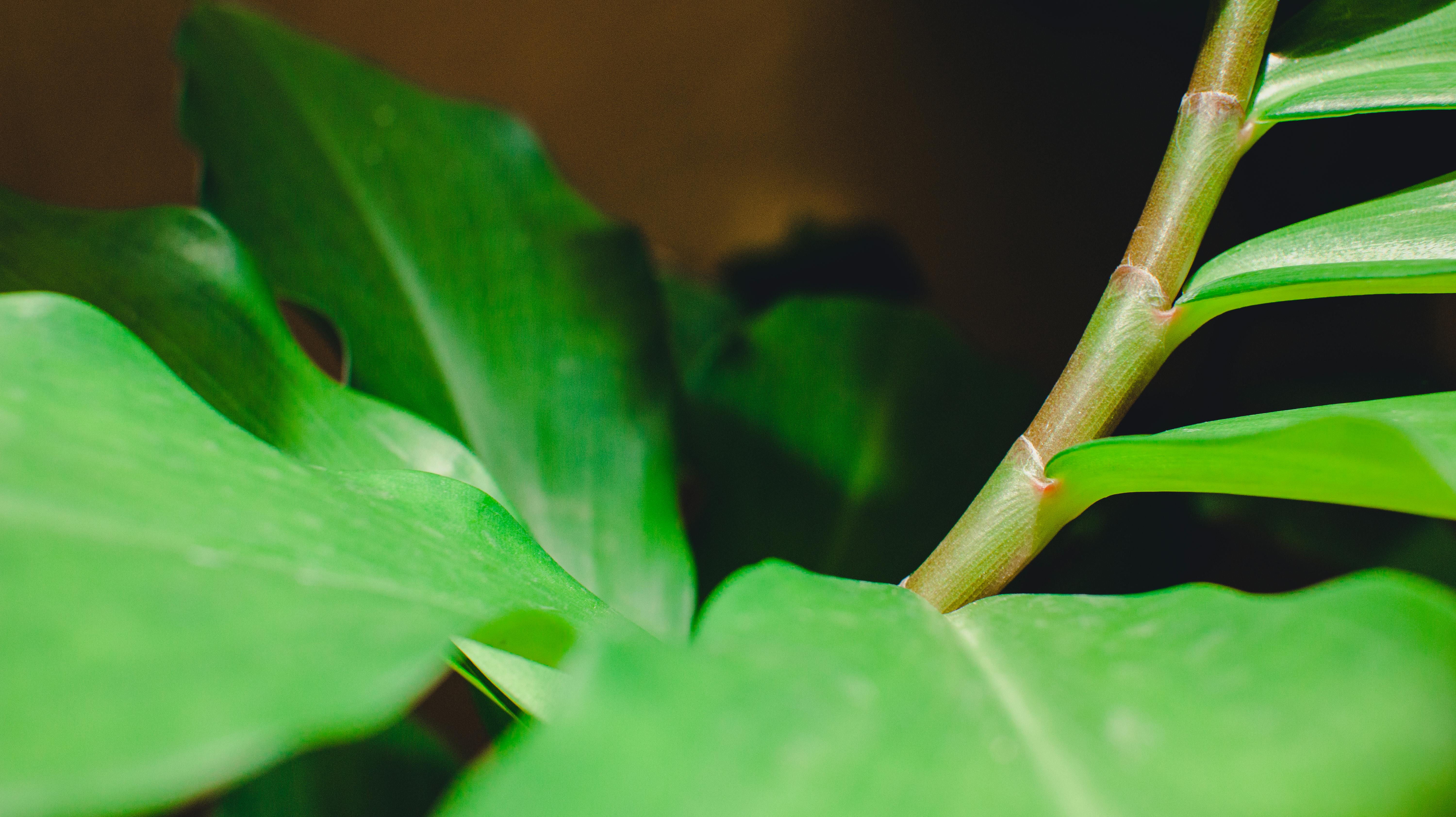Gestalten Garten: The Art of Garden Design
Creating a beautiful garden is more than just planting flowers and shrubs; it’s a complete transformation of outdoor space that reflects personal style and enhances the environment. Whether you’re looking to design a small balcony garden or a sprawling backyard oasis, understanding the principles of **garten gestalten** (garden design) can guide you in achieving your vision. This article will explore various aspects of garden design, offering tips and examples to inspire your project.
Understanding the Basics of Garden Design
The first step in **gestalten garten** is to grasp the fundamental concepts of garden design. This includes understanding the landscape, assessing your space, and determining the style that fits your objectives. Homeowners must consider factors such as sunlight, soil type, and available space. Each element plays a crucial role in shaping your garden’s personality and functionality. Furthermore, the integration of hardscaping elements like paths, walls, and patios is essential for creating structure within the garden.
Choosing Your Garden Style
When it comes to **garten gestalten**, selecting a style that resonates with you is key. Popular styles include modern, cottage, tropical, and landscape gardens. Each style carries unique characteristics: modern gardens often feature sleek lines and minimalistic designs, while cottage gardens are known for their lush planting schemes and informal layout. Consider browsing gardening magazines or visiting local gardens for inspiration, and make a mood board to gather your ideas.
Planning Your Layout
A well-planned layout is vital for an appealing garden. Start by drawing a rough sketch of your space, marking existing plants and structures. Think about the focal points you want to create, such as a seating area, a water feature, or a stunning flower bed. Use pathways to direct visitors through the garden, while also allowing for easy access for maintenance. This strategic arrangement helps enhance your garden’s flow, making it both visually pleasing and functional.
Incorporating Sustainable Practices
More gardeners are exploring sustainable practices to make their garden designs eco-friendly. Implementing **gärtnerische Nachhaltigkeit** means choosing native plants that require less water and are better equipped to support local wildlife. Consider adding rainwater collection systems or using LED garden lights to reduce energy consumption. By integrating sustainable methods into your garden design, you not only create an attractive space but also contribute positively to the planet.

Plant Selection and Combinations
Choosing the right plants for your garden is a fundamental aspect of **garten gestalten**. The selection should align with your garden style, climate conditions, and personal preferences. When selecting plants, consider factors such as height, blooming season, and foliage color to create a harmonious look. Group plants that thrive under similar conditions together to ensure their success.
Creating Color Schemes
Color schemes can define the mood of your garden. While designing, think about the color palette you want to use. Warm colors like reds and yellows evoke energy and warmth, while cool colors such as blues and greens create tranquility. Combine flowering plants with varying bloom times and foliage colors for year-round interest. The strategic use of colors can dramatically enhance your garden’s overall appeal and experience.
Planting for Year-Round Interest
To maintain an appealing garden throughout the seasons, choose a variety of plants that offer different horticultural features year-round. Incorporate evergreen shrubs for winter structure, spring bulbs for early blooms, and summer perennials for vibrant colors. This diverse planting strategy allows your garden to remain visually engaging even during dormant months, creating a space that invites enjoyment at any time of the year.

Maintenance and Care for Your Garden
Maintenance is a crucial aspect of successful **gestalten garten**. Regular care ensures that plants thrive and the garden remains an inviting space. Consider establishing a routine that includes watering, pruning, weeding, and fertilizing. Keeping up maintenance also helps prevent pests and diseases from taking hold, prolonging the lifespan and beauty of your garden.
Seasonal Tasks for Garden Care
Different times of the year bring varied needs for your garden. In spring, focus on cleaning up debris and preparing your soil for planting. Summer is often the time for watering and deadheading flowers to promote continued blooming. Fall is ideal for planting perennials and cleaning up the garden to prepare for winter. Make a seasonal checklist to accommodate the unique tasks that come with each gardening season, ensuring your garden stays healthy and vibrant.
Utilizing Tools and Technology
The right tools can significantly enhance your gardening experience. Investing in quality gardening tools like pruners, hoes, and trowels can make all the difference in maintaining your design. Additionally, technology such as garden management apps allows you to track task schedules, monitor plant health, and even identify potential issues through pictures and data. Embrace the digital age to maximize your gardening efficiency and enjoyment.
Conclusion
Effective **gestalten garten** combines creativity, knowledge, and planning. By understanding the essential elements of garden design—from choosing a style to selecting plants and maintaining the garden—you can create an outdoor sanctuary that reflects your unique identity and enhances your living space. Whether you are a novice or an experienced gardener, implementing these principles will lead you to a rewarding gardening experience. Embrace your creative side and start your journey toward crafting the garden of your dreams today!
Key Takeaways
- Planning your garden layout is crucial for functionality and aesthetics.
- Select plants that complement your garden style and ensure year-round interest.
- Incorporate sustainable practices to make your garden eco-friendly.
- Regular maintenance is essential to keep your garden looking beautiful.
- Don’t hesitate to use technology to manage your gardening tasks more effectively.
FAQ
1. What are the best plants for beginners in garden design?
For novice gardeners, it’s best to start with easy-to-care-for plants. Consider herbs like basil and mint, perennials such as daylilies, and annuals like marigolds or petunias. These plants are generally hardy and require minimal maintenance, allowing you to enjoy gardening without feeling overwhelmed. Additionally, native plants are ideal as they thrive in local conditions.
2. How can I make my garden more eco-friendly?
To create an eco-friendly garden, begin by selecting native plants that require less water and provide habitat for local wildlife. Incorporate composting to enrich the soil and reduce waste. Consider implementing rain gardens to manage runoff, and use organic gardening practices to minimize chemical use. Every little effort counts in contributing to a healthier environment.
3. How often should I water my garden?
Watering frequency depends on various factors, including plant type, weather conditions, and soil moisture. Typically, it’s best to water early in the morning or late afternoon to avoid evaporation. Check the soil; if the top inch feels dry, it’s time to water. Most gardens benefit from deep, infrequent watering rather than shallow daily watering, promoting strong root development.
4. What tools do I need to start a garden?
Basic gardening tools you’ll need include a spade, a hand trowel, pruners, gloves, and a watering can or hose. Additional tools such as a rake, hoe, and weeder can help with larger projects and larger gardens. Having quality tools creates a more enjoyable gardening experience, allowing you to maintain your garden effectively.
5. How can I incorporate hardscaping into my garden design?
When incorporating hardscaping—like walkways, patios, or walls—into your garden design, begin by planning the layout. Decide where paths will go and the materials you want to use, such as stones or bricks. Hardscaping can create functional spaces while enhancing visual interest and may also help manage water runoff effectively.
